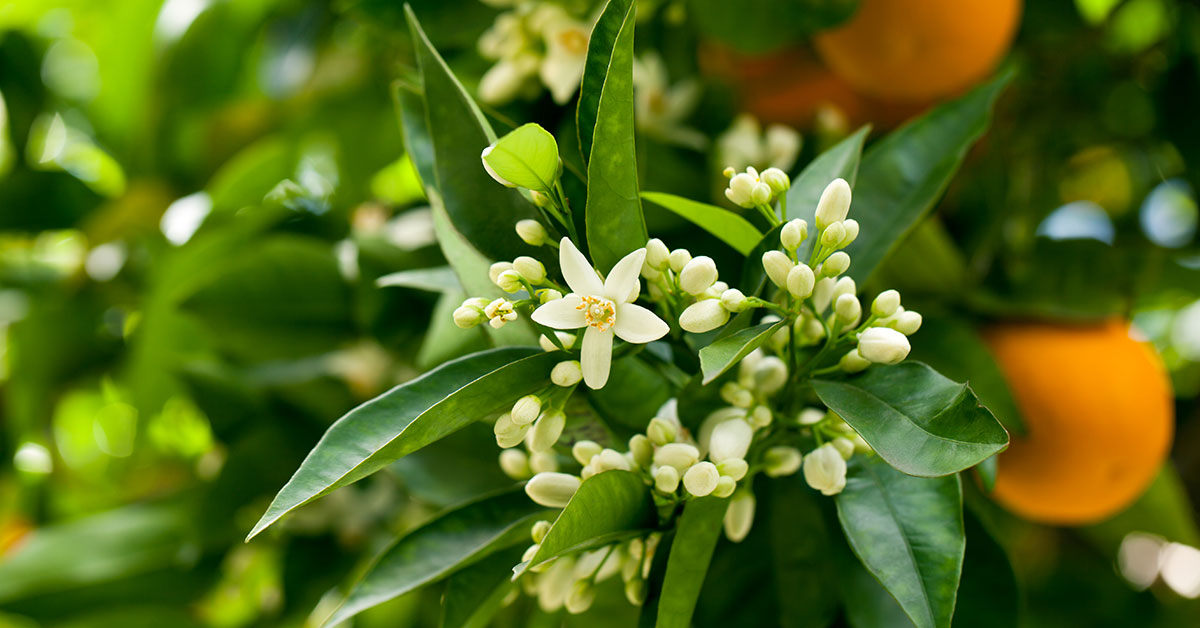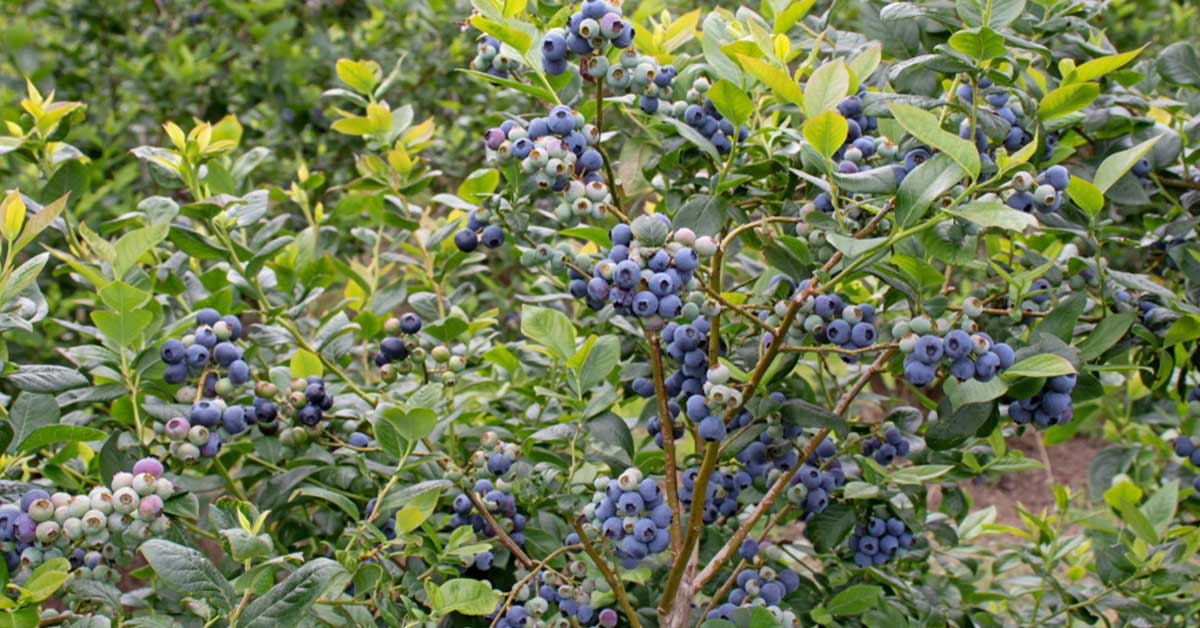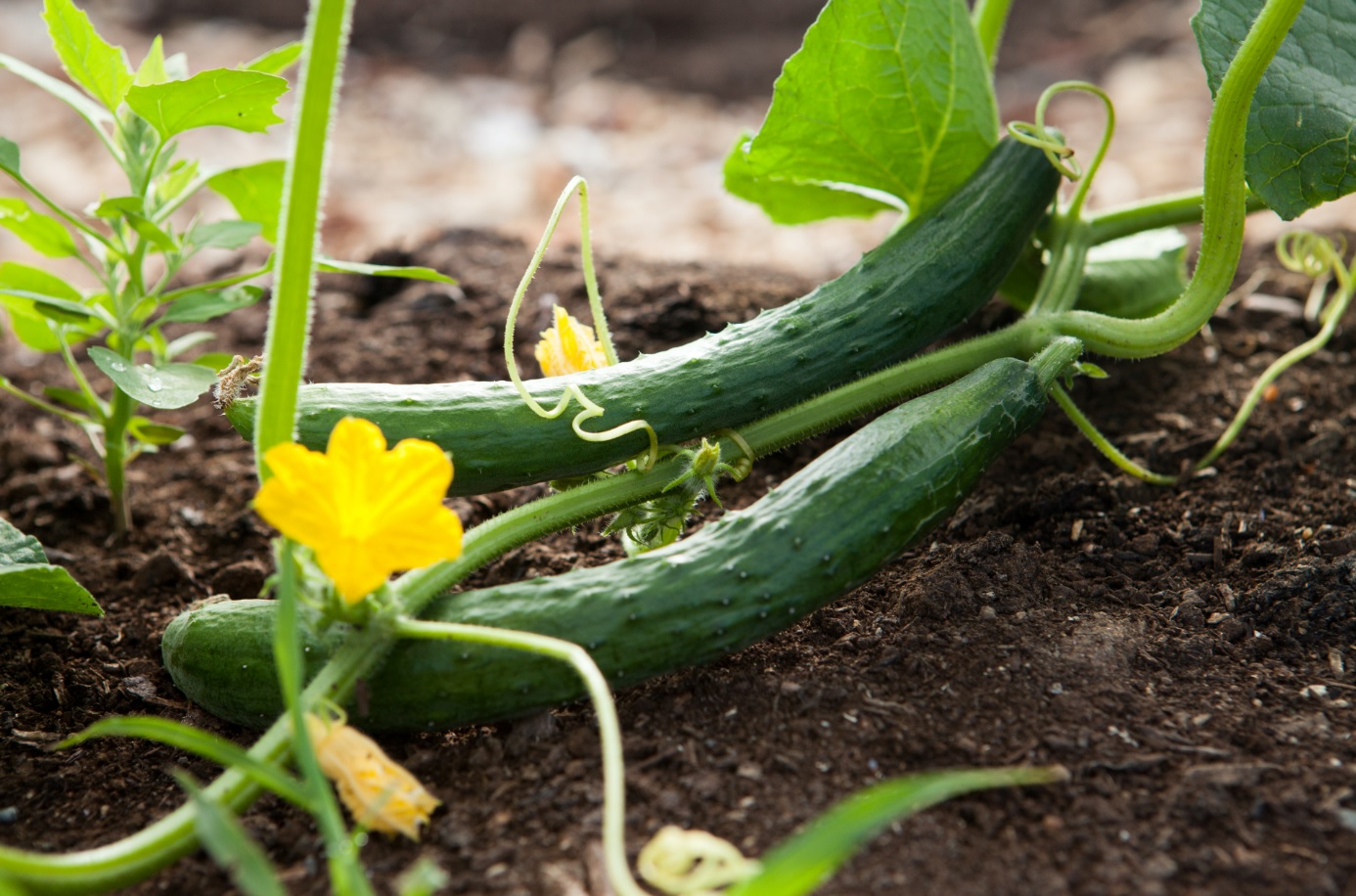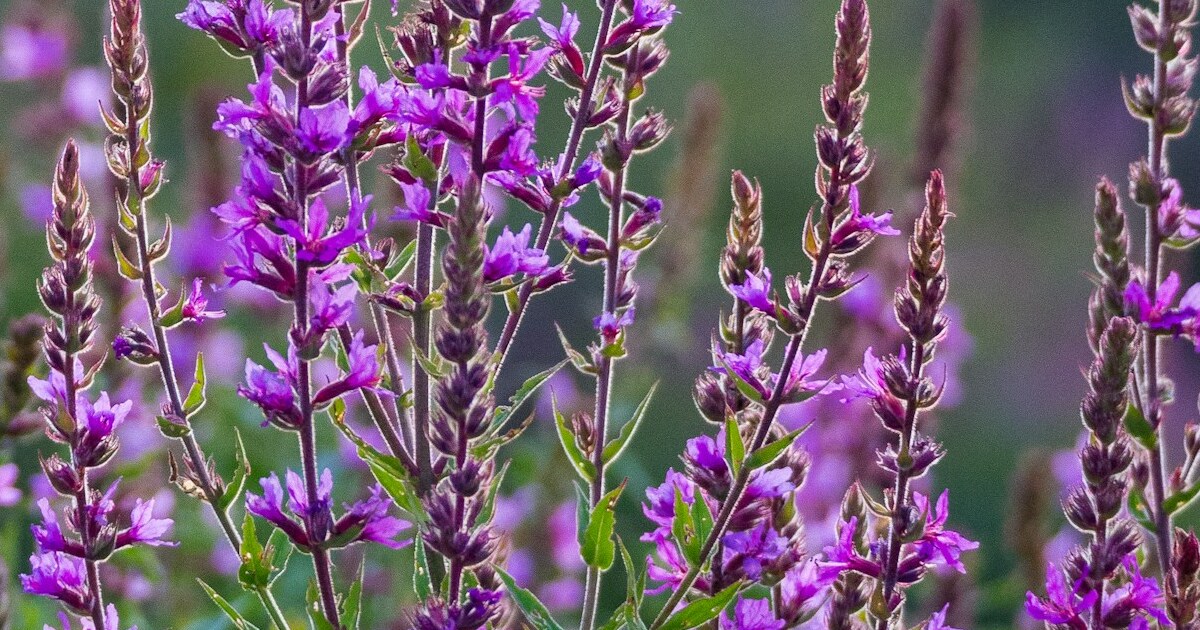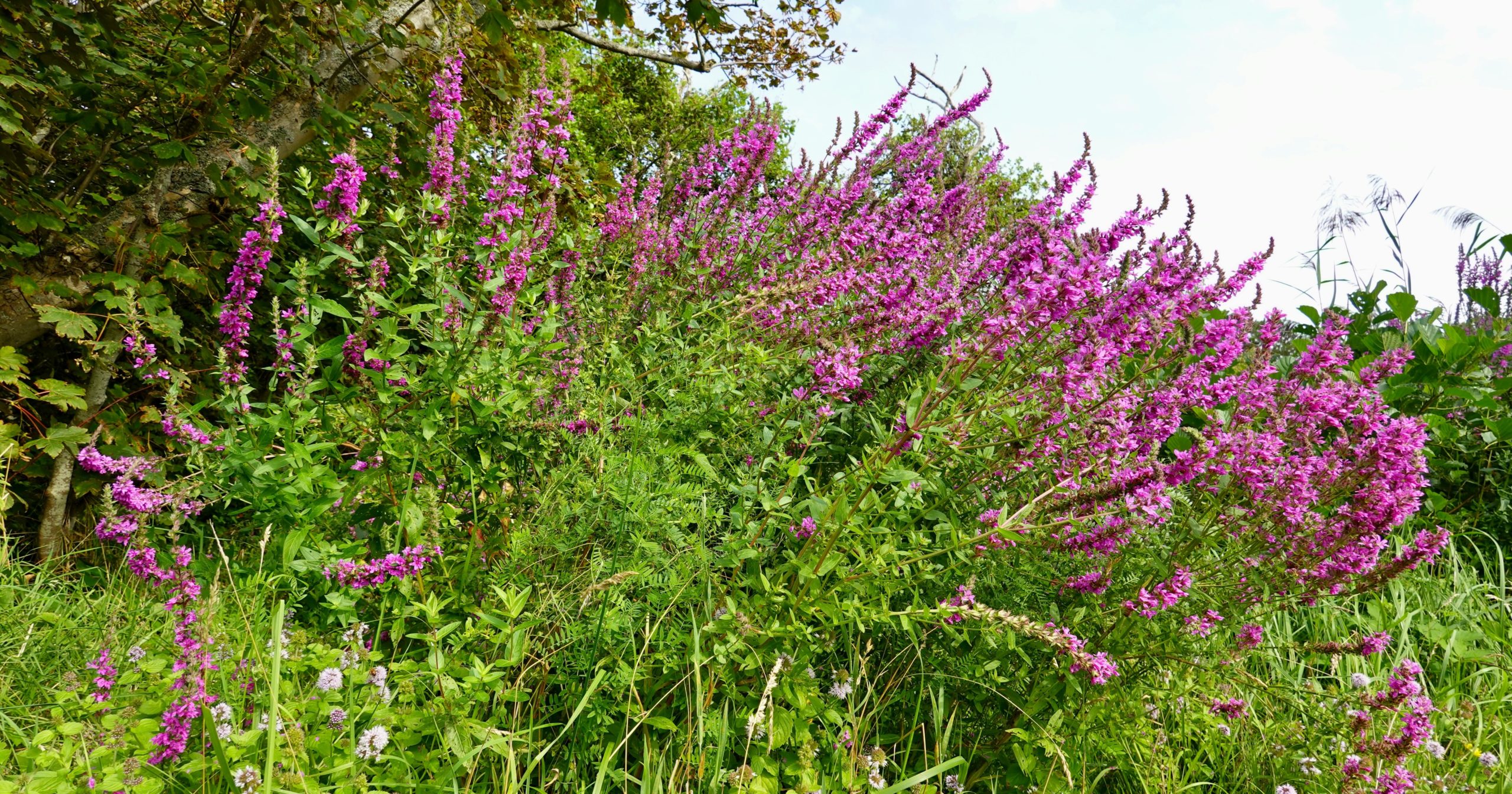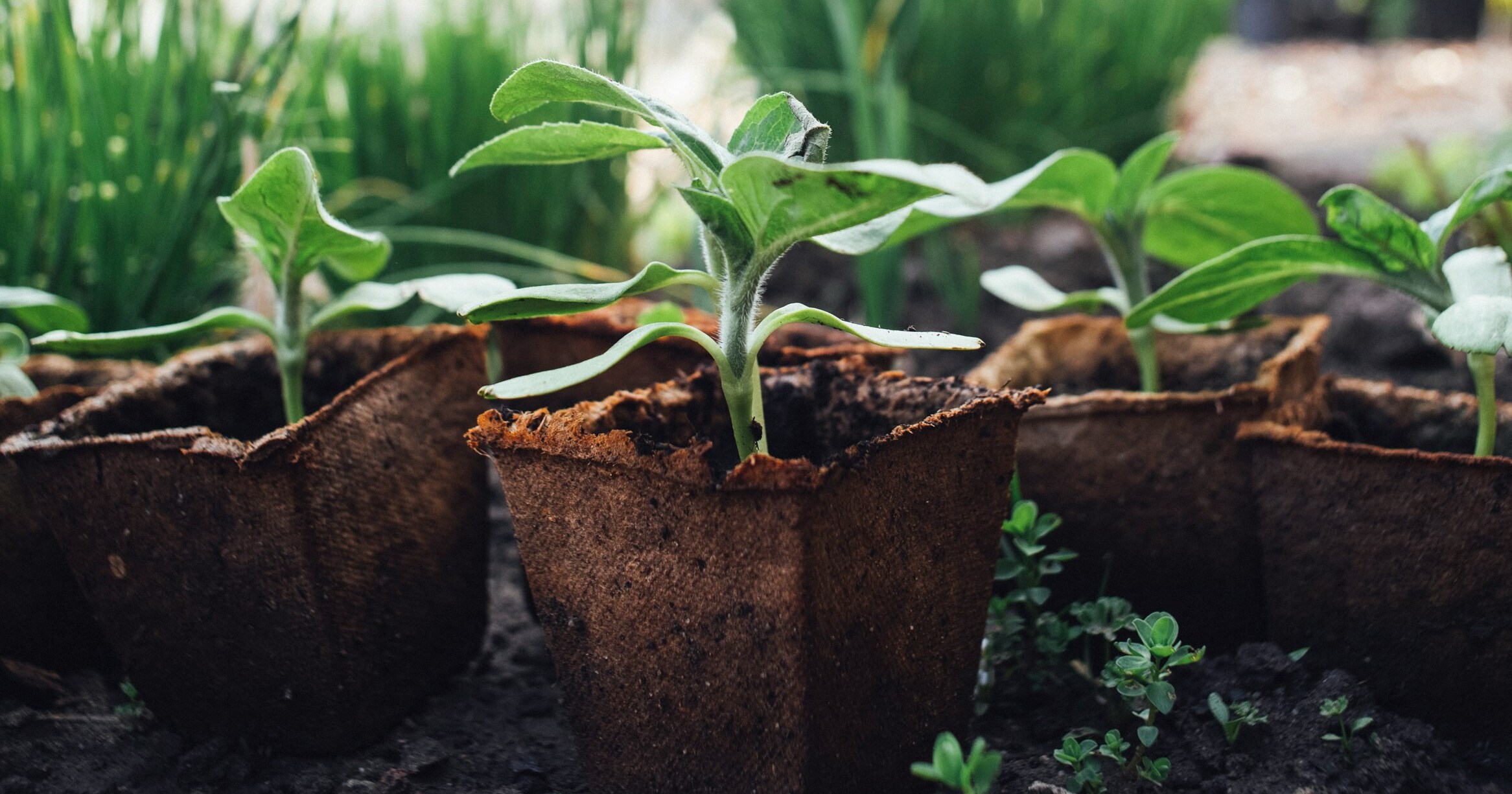Welcome to our comprehensive guide on planting orange trees in Zone 10! If you are lucky enough to reside in this warm and sunny region, you have the perfect climate for growing these delightful citrus trees. Zone 10 encompasses areas with mild winters and long, hot summers, making it an ideal environment for orange trees to thrive.
In this article, we will delve into the best time to plant orange trees in Zone 10, taking into consideration the specific climatic conditions and seasonal variations that will ensure your trees have the best chance of success. Whether you are a seasoned gardener or a beginner, this guide will provide you with all the information you need to create a flourishing orange grove in your own backyard. So, let’s get started and embark on this citrus-growing journey together!
Best orange tree varieties to grow in Zone 10
In Zone 10, which is characterized by warm temperatures and mild winters, several orange tree varieties thrive. Here are some popular choices for orange trees in Zone 10:
- Valencia Orange (Citrus sinensis ‘Valencia’): Valencia oranges are one of the most widely grown orange varieties. They produce sweet and juicy fruits, typically ripening from late spring to early summer. Valencia oranges are known for their excellent flavor and are often used for juicing.
- Navel Orange (Citrus sinensis ‘Washington’): Navel oranges are another popular choice for Zone 10. They are seedless and have a sweet flavor with a hint of acidity. Navel oranges are typically harvested in late winter to early spring.
- Hamlin Orange (Citrus sinensis ‘Hamlin’): Hamlin oranges are early-maturing varieties that are well-suited for Zone 10. They produce juicy and moderately sweet fruits, usually ripening in late fall to early winter.
- Cara Cara Orange (Citrus sinensis ‘Cara Cara’): Cara Cara oranges are a unique variety with pinkish-red flesh. They have a sweet and tangy flavor, often described as a blend of orange and raspberry. Cara Cara oranges are typically harvested in winter.
- Blood Orange (Citrus sinensis ‘Moro’): Blood oranges are known for their deep red or purple flesh, which adds a striking visual appeal to the fruit. They have a sweet and slightly tart flavor. Blood oranges are usually harvested in late winter to early spring.
It’s important to note that while these varieties are well-suited for Zone 10, specific microclimates within the zone may have slightly different growing conditions. It’s always a good idea to consult with local nurseries or gardening experts for the best variety choices for your specific location.
When to plant orange trees in Zone 10
In Zone 10, which typically experiences mild winters and warm climates, the best time to plant orange trees is during the cooler months of the year. Specifically, the ideal time to plant orange trees in Zone 10 is during the fall or early winter, between the months of October and February.
However, it’s important to note that the best time to plant orange trees can vary slightly depending on the specific hardiness zones within Zone 10. Here are the recommended planting times for each of the state’s hardiness zones:
- Zone 10a: In this zone, which includes areas like Miami and Key West in Florida, the best time to plant orange trees is between October and December. The slightly cooler temperatures during this period provide a favorable environment for the tree’s establishment.
- Zone 10b: This zone covers regions such as Fort Lauderdale and Naples in Florida. The recommended planting time for orange trees in Zone 10b is between November and January. Planting during these months allows the tree to establish its root system before the onset of the warmer spring and summer seasons.
It’s worth mentioning that while fall and early winter are generally the best times to plant orange trees in Zone 10, it’s important to consider local weather conditions and frost dates. If there is an unusually cold winter predicted, it may be best to delay planting until the risk of frost has passed.
Additionally, it’s crucial to ensure that the soil is well-drained and rich in organic matter before planting orange trees. Adequate sunlight and regular watering are also essential for the tree’s healthy growth and fruit production.
How to grow orange trees in Zone 10
Growing orange trees requires careful planning and attention to detail. Here are the steps and considerations to keep in mind:
- Climate and Location: Orange trees thrive in warm, subtropical or tropical climates. Ensure that your location provides at least 6-8 hours of direct sunlight daily. Protection from strong winds is also important.
- Soil Preparation: Choose well-draining soil with a pH level between 6 and 7. Prior to planting, amend the soil with organic matter like compost or well-rotted manure to improve its fertility and drainage.
- Variety Selection: Select a variety of orange tree that suits your climate and personal preferences. Common varieties include Valencia, Navel, and Blood oranges. Consider factors like fruit taste, size, and harvest time.
- Planting: Dig a hole that is wider and deeper than the root ball of the tree. Place the tree in the hole, ensuring that the bud union (the swollen area where the tree was grafted) is above the soil level. Backfill the hole with soil, gently firming it around the roots.
- Watering: Newly planted orange trees require regular watering to establish their roots. Water deeply, ensuring the soil is moist but not waterlogged. Once established, orange trees are moderately drought-tolerant, but regular watering during dry periods is still necessary.
- Fertilization: Apply a balanced citrus fertilizer according to the manufacturer’s instructions. Feed the tree in early spring, mid-summer, and early fall. Avoid over-fertilizing, as it can harm the tree.
- Pruning: Prune orange trees to maintain their shape, remove dead or diseased branches, and improve air circulation. Pruning should be done during the dormant season, typically in late winter or early spring.
- Pest and Disease Control: Monitor your orange tree regularly for pests like aphids, scale insects, and citrus leaf miners. Use organic or chemical treatments as necessary. Common diseases include citrus canker, citrus greening, and root rot. Follow proper cultural practices and consult with local experts to prevent and manage these issues.
- Harvesting: Oranges are typically ready for harvest in the winter months, but the exact timing depends on the variety and climate. Harvest the fruit when it reaches its full color and flavor. Gently twist or cut the fruit from the tree, leaving a small stem attached.
- Winter Protection: In colder climates, protect your orange tree from frost by covering it with a frost blanket or moving it indoors during freezing temperatures.
Remember, growing orange trees requires patience and consistent care. By following these steps and considering the specific needs of your tree, you can enjoy a bountiful harvest of delicious oranges.
When to harvest oranges
In Zone 10, which has a warm climate, oranges are typically ready to be picked between December and April. The exact timing can vary depending on the specific variety of orange tree you are growing. It is important to monitor the color and size of the fruit as well as taste test them to determine their ripeness. Harvesting oranges too early can result in underdeveloped flavor, while leaving them on the tree for too long can lead to overripeness and potential fruit drop.
Common orange tree problems and fixes
Common problems when growing orange trees include:
- Pest infestations: Common pests that affect orange trees include aphids, scale insects, mites, and citrus leaf miners. To control these pests, you can use insecticidal soaps, neem oil, or introduce beneficial insects like ladybugs or lacewings.
- Diseases: Orange trees can be susceptible to diseases such as citrus canker, citrus greening (huanglongbing), and root rot. To prevent diseases, ensure good drainage, avoid overwatering, and maintain proper nutrition. If a disease is detected, consult with a local extension service or a professional for appropriate treatment options.
- Nutritional deficiencies: Orange trees may suffer from nutrient deficiencies, such as iron, magnesium, or zinc. Symptoms include yellowing leaves, stunted growth, or leaf drop. Conduct a soil test to identify deficiencies and apply appropriate fertilizers or foliar sprays to correct the imbalance.
- Improper watering: Overwatering or underwatering can cause stress to orange trees. It is important to provide consistent moisture without waterlogging the roots. Water deeply and infrequently, allowing the top few inches of soil to dry out before watering again. Mulching around the base of the tree can help retain moisture.
- Frost damage: Orange trees are sensitive to frost and cold temperatures. Protect young trees from frost by covering them with blankets or using frost cloth. For established trees, you can use frost protection sprays or install frost protection devices like heaters or windbreaks.
- Improper pruning: Pruning is essential for maintaining the health and shape of orange trees. However, improper pruning can lead to reduced fruit production or disease susceptibility. Learn proper pruning techniques, such as removing dead or diseased branches, thinning crowded growth, and shaping the tree to allow for good airflow and light penetration.
Remember, it is always beneficial to consult with local gardening experts or extension services for specific advice tailored to your region and the variety of orange tree you are growing.
